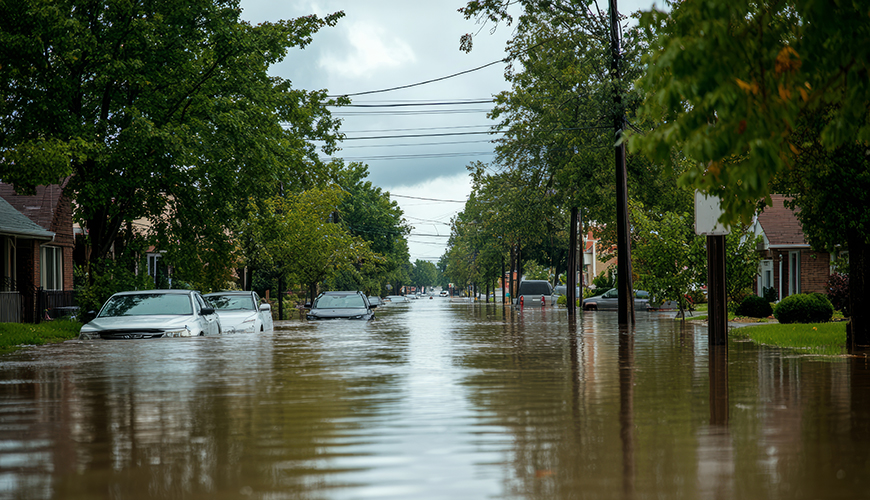The Amazon not only regulates the global climate, it also acts as a natural barrier against fires, floods, and extreme droughts. We spoke with biologist and territorial planner Natalia Hernández Escobar to understand why protecting tropical forests is an urgent disaster prevention strategy.
In the Amazon, each tree fulfills a vital function that goes far beyond producing oxygen or harboring biodiversity. Tropical forests act as a large water regulating system: they absorb moisture, release it in the form of vapor, protect soils and moderate the climate. Their presence is key to preventing disasters such as prolonged droughts, flash floods or forest fires, phenomena that are aggravated when the forest disappears.
To delve deeper into this topic, we spoke with biologist, microbiologist and specialist in territorial planning, Natalia Hernández Escobar, who helps us understand why Amazonian tropical forests are a first line of defense against the effects of climate change.
Could the Amazon forests protect us against emergencies such as landslides or floods?
When there is natural forest cover, as is the case in the Amazon, that forest serves a vital function: the roots of the trees intertwine in the soil and form a large fabric that supports the land. Therefore, no matter how much rain falls, the forest cover secures the soil with its roots, preventing landslides.
The absence of those roots explains why the soil slides, especially in hillside areas. In plain areas there are also affectations, such as floods. In a flooded forest, for example, leaves, leaf litter and trees control that the water does not disperse too much. If we disappear the forest, the water will go further. This is what happened a few years ago with the Bogotá River, which almost reached the airport and flooded the entire University of La Sabana, because the water rounds were eliminated. Instead of making lagoons or depressions to capture water, we should plant more trees.
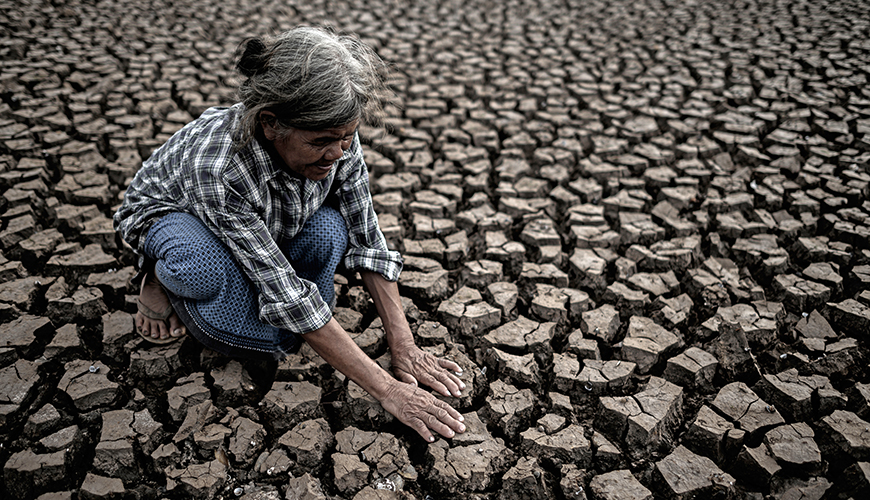
What happens when deforestation occurs?
When deforestation is done, the top of the tree is cut, but this also causes the death of the roots. That leaves exposed soil that is often replaced by grass to put cattle. Although the grassland may seem clean and beautiful, what was actually done was to remove that root tissue that supports the land. Therefore, in the case of a sloping terrain, when it rains a lot, the earth begins to roll due to the weight of the water.
In Colombia there are very basic rules that establish the protection of forests in the water roundabouts, that is, on the banks of bodies of water. These rules indicate that if it is a small stream, there must be 10 meters of forest on each side; if it is larger, 50 meters; and if it is a giant river, between 500 meters and 1 kilometer. If these rules were met, floods and landslides would be avoided, because the land would be secured by roots.
Can land-use change drive disasters?
When monocultures are planted, that root tissue is no longer generated. With palm cultivation, for example, you have one plant here and one there, but there is no connection between its roots. On the other hand, in a diverse forest there are trees with different types of roots, some deep and others shallow, and together they form a network that supports each other.
In ecology we talk about communities, made up of different species that have complementary roles. When we remove the forest and replace it with plantations or pasture, we eliminate not only diversity, but also the structure and functionality of the ecosystem. One of those functions is the ability to support the soil.
The Amazon forests are considered a water factory, how do they help guarantee the availability of this vital liquid in the region?
Being a large forest mass, the Amazon rainforest contains a lot of water in the soil and rivers. Trees have the ability to evapotranspire, a process by which they absorb moisture from the soil with their roots and release it in the form of water vapor through the stomata of their leaves. Thanks to evaporation and evapotranspiration, that moisture rises into the atmosphere and forms clouds, loaded with fresh water, which are moved by the winds. This flow of moisture is known as flying rivers.
These clouds begin to form in the Atlantic Ocean, enter the continent, recharge with the humidity of the jungle and continue on their way. In the north, they collide with the tepuis of the Guiana shield, in the Guyanas and Venezuela; further south, from Colombia to Bolivia, they collide with the Andes and plunge in.
This precipitation feeds the moors, which act like sponges. The water seeps into the ground and flows through small streams or streams until it reaches reservoirs and lagoons. That is the origin of the water that supplies many cities in the country.
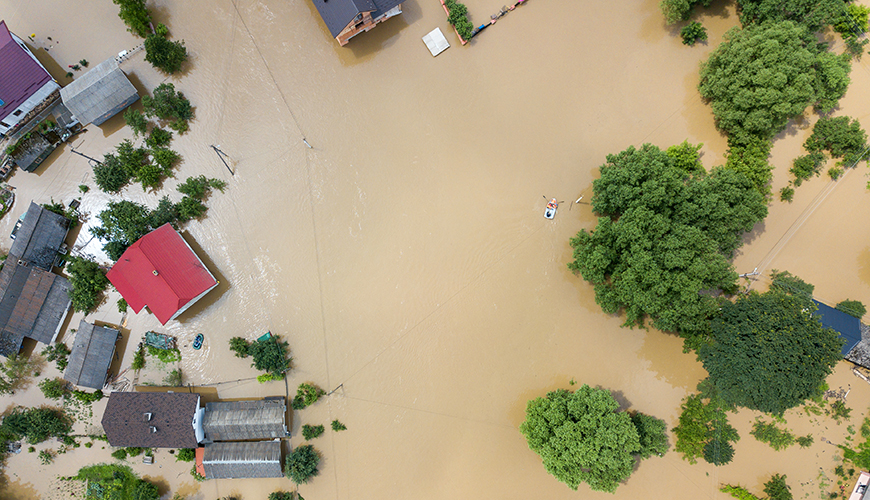
How does the Amazon forest affect the climate?
Humanity, and especially decision-makers, should prioritize connectivity between the Amazon and the Atlantic. That is key for the ‘flying rivers’ to flow carrying water throughout the continent.
Without this connection, the water cycle is weakened and we lose the possibility of sustaining life in forests and cities.
If we lose that recharge capacity in the Andean headwaters – something that is happening from Colombia to Bolivia – then ecosystems will no longer be sustained. When that happens, we will not only lose species, but weather patterns will change completely. What used to be two rainy seasons and two summer seasons, could become one big winter and one big summer. That would bring more fires, more landslides, more floods and, above all, more uncertainty.
Does a healthy Amazon forest help prevent wildfires?
The humid vegetation of the jungle acts as a natural barrier that deters fire: it retains moisture in the air, shades the ground and reduces the temperature of the environment. When deforestation is done, that balance is broken. Without this humidity system generated by the forest, the soil dries out, the air becomes warmer, hot spots increase, dry vegetation becomes flammable material, and fires become more intense and difficult to control.
Deforestation prevents the arrival of these Amazonian ‘flying rivers’ to the moors. This, added to the fact that we take water from the regions to feed the capital cities without returning it, in a context of prolonged droughts, will mean that the water will not be enough for everyone and heat sources will increase, generating more fires in the Amazon.
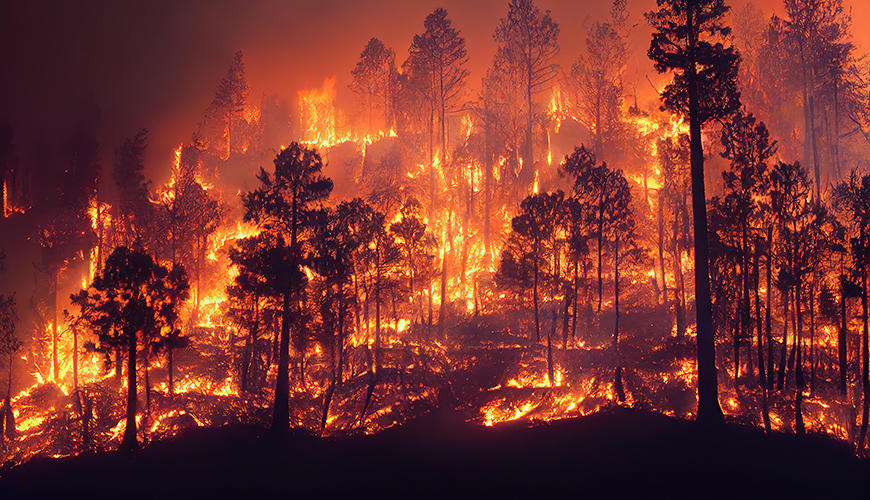
So, everything leads us to think that if we protect the Amazon forests, the rate of floods, fires or landslides could be much lower? Or at least more balanced?
Yes, protecting the Amazon forests is critical to reducing all of those risks. It’s not just an ecological issue, it’s a matter of survival. That is why everyone seeks to protect the Amazon and avoid what is known as the “point of no return”. That is, the moment when the Amazon will no longer be able to regulate either its own climate or the global climate.
If that happens, the impact would be catastrophic because it would increase climate variability. Today we see how the flying rivers are weakening. If this continues, they will not transport moisture to the moors. The important thing is to protect and preserve connectivity. Without this connection between the Andes and the Amazon, not only is the water cycle weakened, but we also lose the possibility of sustaining life in forests and cities.
How can we contribute to the protection of forests?
We are nature. If we really understood it, what we do to our environment would hurt us more. To dirty it, to cut it down, to pollute it is to harm ourselves. That is why it is so important that these types of ideas are shared with the new generations. Let this be talked about in homes, in schools, in universities. If we can make children understand that they are part of their environment – and not their owners – perhaps they will take more care of what surrounds them.
It helps from separating waste well in the kitchen, to not throwing garbage in the street. But not because someone forces them, but because they understand that it is their home, their ecosystem, their extended body. We are nature. And recognizing this is, perhaps, the most urgent learning.
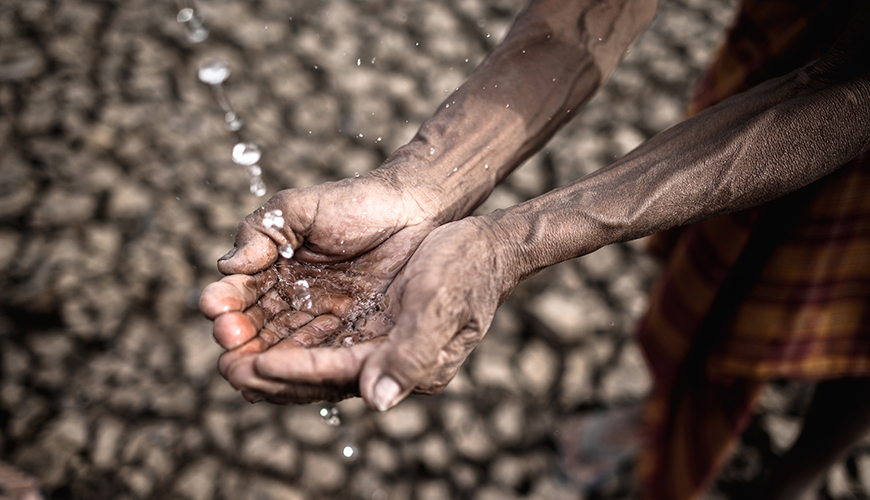
At present the outlook is not very encouraging, do you think we still have a future?
It is important to bring our children closer to nature. From universities, from schools, but also from homes.
We can think about how that closeness to nature, which was once a daily occurrence, can become part of our lives again. It is not a question of abandoning cities, but of promoting a more conscious, more harmonious relationship with the environment.
I believe that there is a future, but we have to open that path by cultivating from childhood, from the example at home and with the support of education.
If we manage to make people, from a young age, feel part of nature, not as dominators or owners, but as another member of that great living system, then perhaps we can imagine a different future.
Natalia Hernández Escobar
Biologist, Microbiologist and specialist in territorial planning and environmental management. With more than 35 years in territorial management, disaster prevention and the protection of biological and cultural diversity in the Amazon and the Orinoquia, with indigenous peoples and local communities. He has worked with NGOs (Gaia Amazonas, Etnollano, FCDS), National Natural Parks, UPRA, 4D Elements Consultores, Econometrics, among other Colombian entities.
Click here to read the complete edition of the magazine “El bosque es vida” (The Forest is Life).

